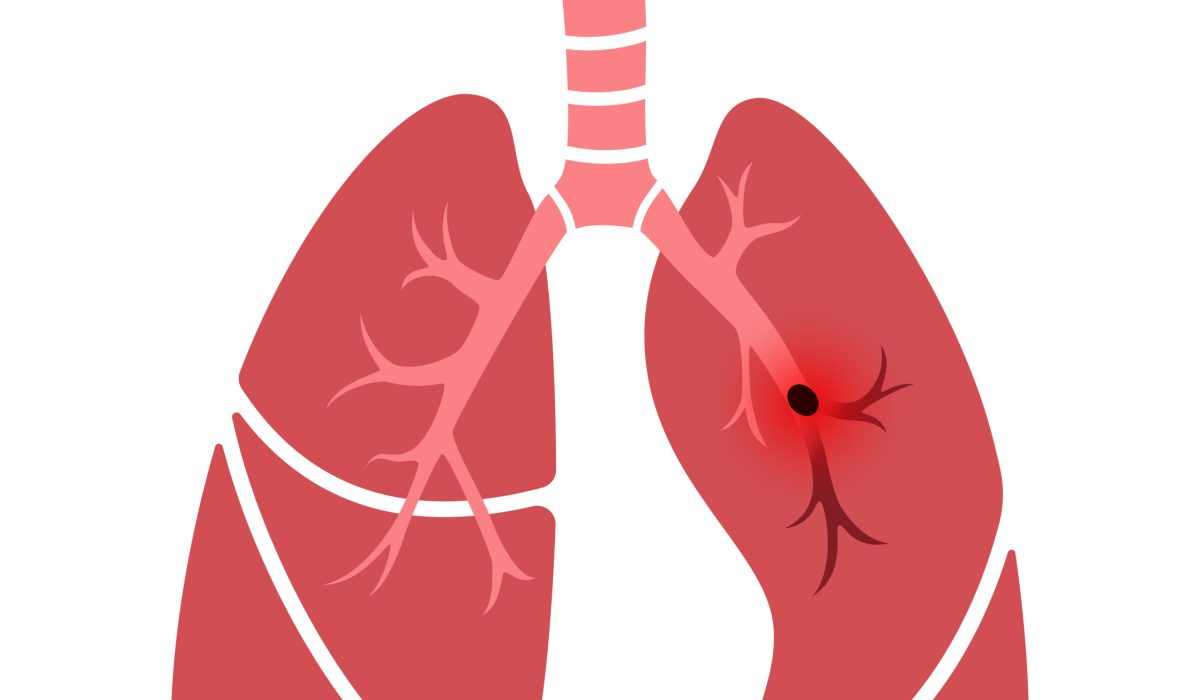Introduction
Pulmonary embolism is a serious health condition. It happens when a blood clot blocks a blood vessel in the lungs. This blockage can stop blood from reaching parts of the lung. As a result, the body may not get enough oxygen. Pulmonary embolism can be life-threatening if not treated quickly. In the United States, thousands of people are affected each year. Knowing the signs of pulmonary embolism and its causes can help save lives.
What is Pulmonary Embolism?
Pulmonary embolism means a blood clot travels to the lungs and blocks a blood vessel. Usually, these clots start in the legs. This is called deep vein thrombosis. When the clot moves to the lungs, it can stop blood flow. Because of this, parts of the lung may not work well. The body then gets less oxygen. This can make you feel short of breath or cause chest pain. In severe cases, it can lead to death if not treated right away.
Causes of Pulmonary Embolism
Most pulmonary embolisms happen because of blood clots. These clots often form in the deep veins of the legs. However, other factors can also raise your risk. Understanding these causes can help you stay safe.
Because these risk factors are common, it is important to know your own risks. If you have any of these, talk to your doctor about ways to prevent blood clots in the lungs.
Symptoms of Pulmonary Embolism
Symptoms of pulmonary embolism can appear suddenly. Some people may have mild signs, while others feel very sick. Early treatment can save lives, so knowing the symptoms is important.
Less common symptoms include:
If you have sudden shortness of breath, chest pain, or cough up blood, seek medical help right away. These can be signs of a life-threatening emergency.
Conclusion
Pulmonary embolism is a serious condition that needs quick action. Knowing the causes and symptoms can help you stay safe. If you notice symptoms of pulmonary embolism, consult a healthcare professional immediately for personalized advice.
Sources: Centers for Disease Control and Prevention (CDC), World Health Organization (WHO)

